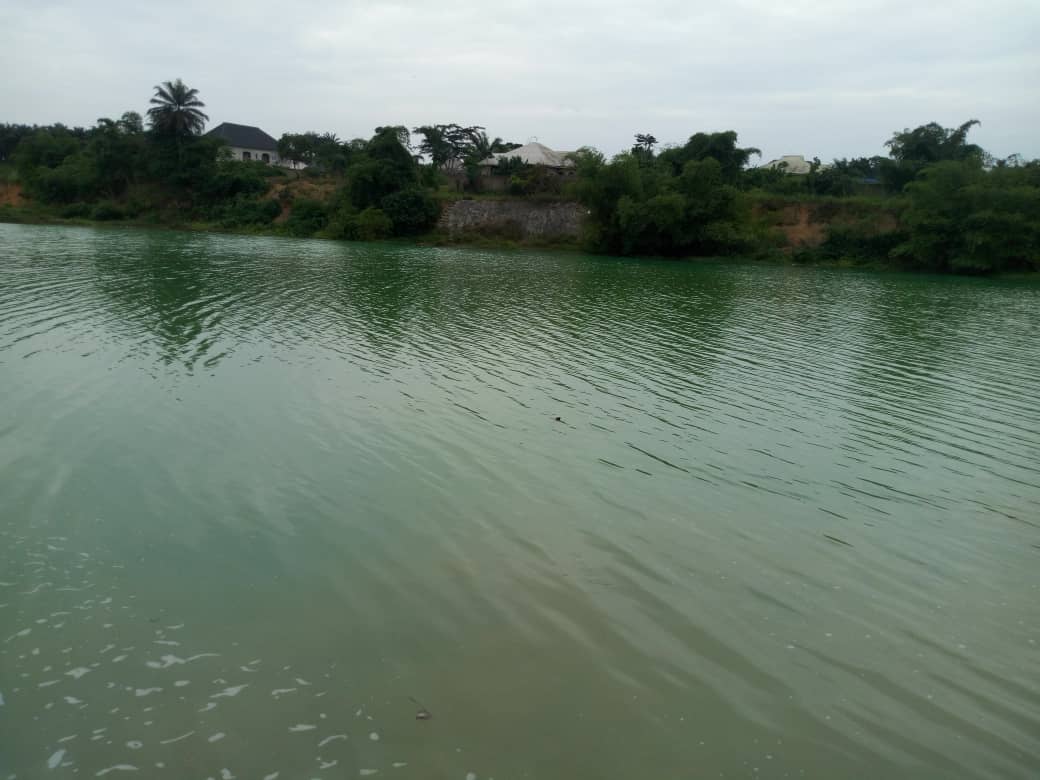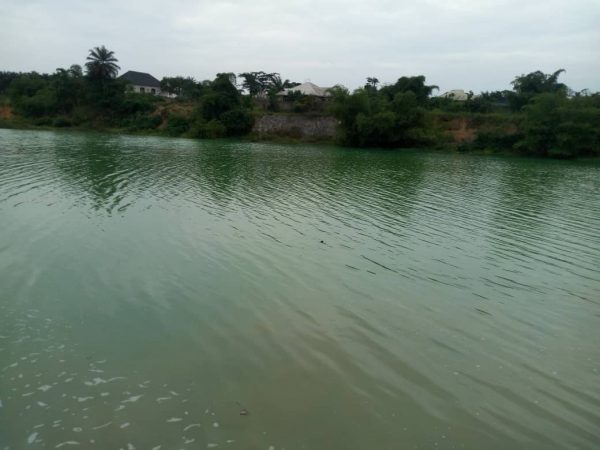Enormous, thick and rich with great ecological value, harbouring exotic species of both plants and animals is the cross Nigeria transition Forest located right here in Nigeria. The Forest is planted right between the biogeographic barriers of the Cross River and the formidable Niger river. It is a tropical moist broad-leafed Forest and it ranks as the third-largest forest in Africa by landmass.
The Cross-Niger Transition Forest of Nigeria covers 8000 Square miles of Tropical Forest and extends to the savanna woodlands, which explains how it came about its ‘’Cross-Niger Transition Forest’’ name.
Despite the effect caused by the numerous detrimental human activities which result in deforestation, the Cross-Niger Forest still remains densely populated (a Habitat for several Plants and Animals species)
Read more about Discover Nigeria
The forest lies across Three (3) vegetation zones of the eco-region from south to North which shows the decrease in rainfall as you go North of the forest. The southern part of the Forest experiences annual rainfall of 2000-2500mm and the Northern part of this Forest is, of course, drier and experiences 1500-2000mm of rainfall per annum and the parkland zone which is further North is even drier and experiences even lesser rainfall.
In terms of Plants, the Cross-Niger transition Forest is majorly known for plants like the Afzelia spp. commonly known as the African Mahogany, indigenous to Africa and often cultivated for timber, Borassus aethiopum palm tree is also a major plant there. The Leguminosae and Meliaceae families are dominant in the Southern region while the Northern region traditionally is dominated by the Cola spp., Mansonia altissima, Antiaris Africana amongst several others.
Zoologically, those protected areas of the transition Forest are habitats of two near-endemic species, which are the Sclater’s Guenon which is commonly known as the Sclater’s monkey and the Crested Chameleon whose distribution ranges are restricted to this region.
Traditionally, the Niger River has been said to be home to over 900 species of birds, and this of course is due to the dense populations of trees that enable it to harbour such a variety of avian species. Also, other species common to this region are the Greater cane rats, Baboons, Warthogs, etc.
Not only is this forest of great importance to nature, but it also holds economic value in that it is a tourist attraction, and the Afzelia which is essential for Timber (A cash crop) is found in abundant quantity there.
Sign up to the Connect Nigeria daily newsletter
With the acceleration of deforestation which is caused mainly by logging companies, the need for Forest reserves has risen. Since measures for afforestation have not been taken seriously, Forest reserves (Areas set aside and preserved by the Government for the purpose of conservation and continuity of ecosystems and their Populations) have become a necessity.
The following are examples of forest reserve areas that fall within the region; The Anambra with a size of 194km2, Mamu River which is 70km2, Osomari is 115km2, the Akpaka is 194km2, and the Stubbs creek, 210km2 big. The Stubb Creek Forest reserve still conserves a great deal of natural forest, and some parts are conserved traditionally, by traditionalists who consider their sacred groves.
The next time you visit Nigeria, be sure to feed your eyes with the wonder that is this Forest, and if you already reside here, it’s worth the travel.
Featured image source: Wikipedia
Got a suggestion? Contact us: [email protected]


